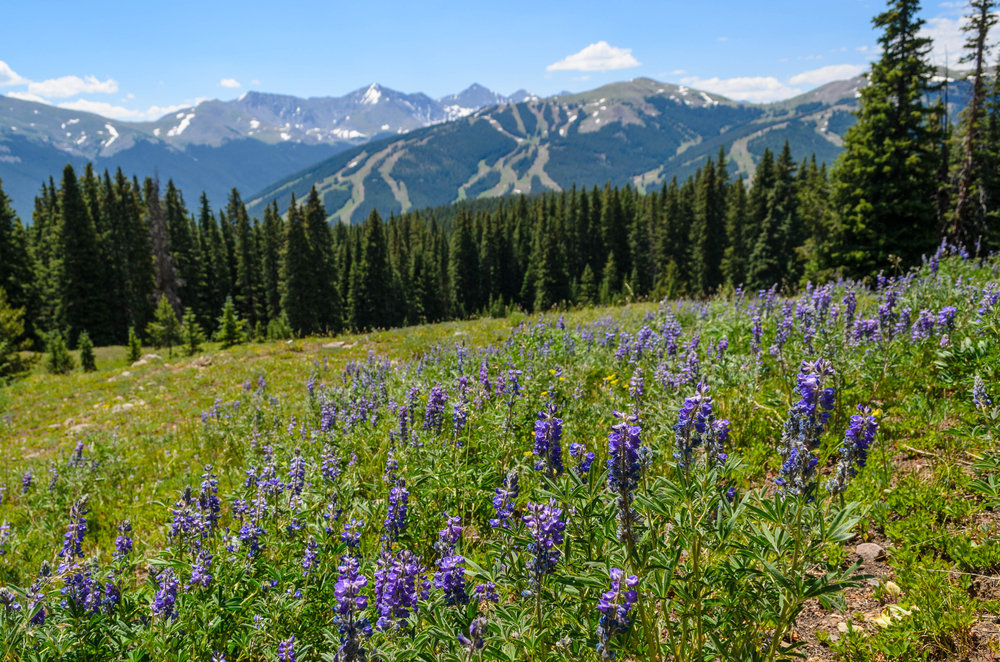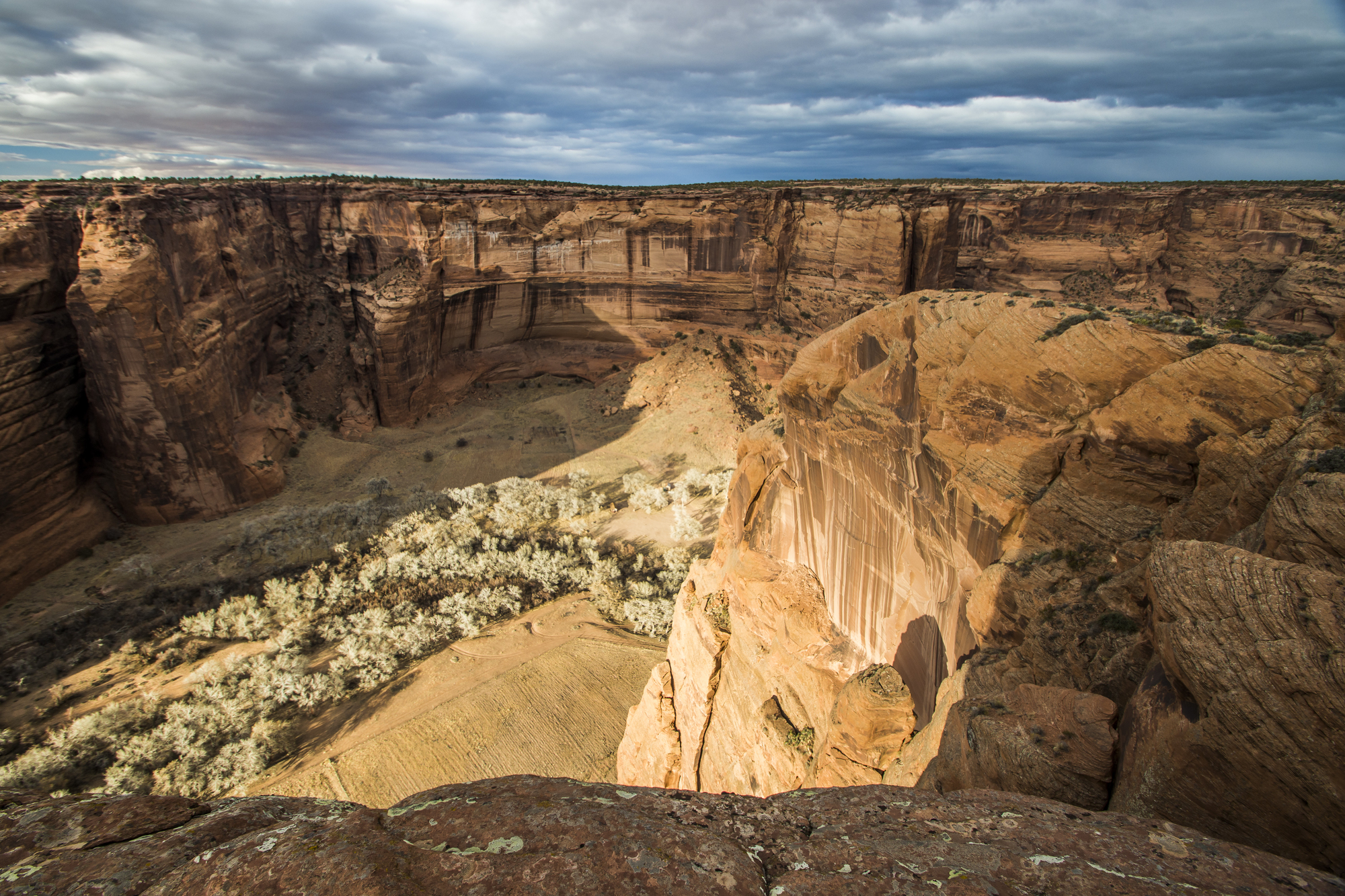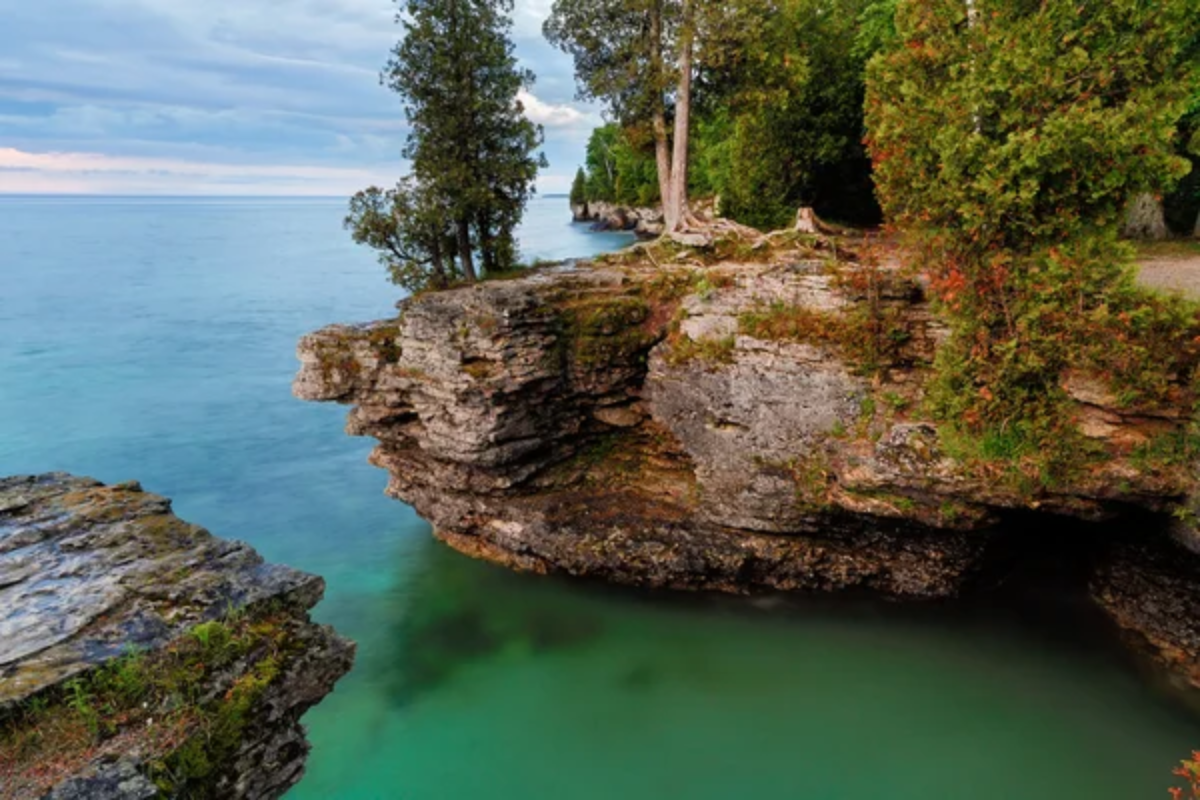Experiencing nature shouldn’t require advanced hiking skills or peak physical condition. Across America, certain states have made remarkable commitments to creating outdoor experiences that welcome visitors of all abilities, ages, and fitness levels. These accessible trails—featuring smooth surfaces, gentle grades, and thoughtful amenities—allow grandparents to explore alongside grandchildren, accommodate mobility devices, and provide nature immersion for those who might otherwise miss these experiences. The best accessible trails don’t feel like compromised versions of “real” hiking, but rather thoughtfully designed experiences that maintain natural beauty while removing unnecessary barriers.
Here is a list of 13 states leading the way in creating nature trails that truly welcome everyone.
Colorado

Colorado combines a commitment to accessibility with spectacular mountain scenery, creating experiences where dramatic landscapes become available to all visitors. The state parks system maintains dozens of accessible trails, with standouts including Spruce Tree House Trail at Mesa Verde National Park, where smooth surfaces lead to ancestral Puebloan cliff dwellings. Rocky Mountain National Park features multiple accessible options, including Bear Lake Trail, where a one-mile loop provides stunning alpine lake views and mountain panoramas without significant elevation change.
The Colorado Tourism Office maintains a dedicated accessible travel database detailing trail conditions, restroom availability, and parking information for sites throughout the state. Many mountain communities have invested in adaptive outdoor programs that offer specialized equipment, allowing visitors with disabilities to participate in activities previously considered impossible.
Washington

Washington State demonstrates how thoughtful design can make even temperate rainforest experiences accessible to visitors of all abilities. The Nisqually National Wildlife Refuge features a mile-long boardwalk extending across estuary waters where wheelchair users can spot eagles, herons, and salmon alongside other visitors.
Olympic National Park maintains several accessible trails including Madison Falls Trail and the Living Forest Trail, where smooth surfaces wind through ancient forests with trees exceeding 500 years old. Mount Rainier National Park features the accessible Grove of the Patriarchs Trail, where visitors of all abilities can experience thousand-year-old trees in old-growth forest settings. The state parks foundation has championed universal access construction standards that exceed federal requirements for access and usability.
Like Travel Pug’s content? Follow us on MSN.
Tennessee

Tennessee has transformed portions of the Great Smoky Mountains experience through thoughtfully designed accessible trails that showcase the region’s biodiversity. The Sugarlands Valley Nature Trail near Gatlinburg features a smooth, paved half-mile loop through forest settings with informative signage identifying plant species and explaining forest ecology. Cades Cove Loop Road includes multiple accessible pullouts where smooth, short trails lead to historic buildings and prime wildlife viewing areas often visited by black bears.
The Tennessee Department of Environment and Conservation maintains an accessibility database rating each state park’s trails and facilities on multiple accessibility factors. The state has prioritized creating accessible experiences across diverse landscapes, from mountain environments to Mississippi River floodplains.
California

California’s vast state park system leads nationwide in creating accessible outdoor experiences across remarkably diverse ecosystems. Calaveras Big Trees State Park features the accessible Three Senses Trail, designed specifically to engage visitors through touch, smell, and hearing while traveling among massive sequoia trees. Along the coast, natural surface stabilization techniques create accessible beach access at locations including Half Moon Bay State Beach, where beach wheelchairs are available for loan.
Yosemite National Park maintains the accessible Cook’s Meadow Loop, where visitors experience iconic valley views of Half Dome and Yosemite Falls from paved pathways suitable for mobility devices. The state’s extensive accessible trail network connects visitors with experiences ranging from coastal redwood forests to desert palm oases.
Minnesota

Minnesota has leveraged its extensive state park system to create accessible nature experiences throughout its varied landscapes. The state pioneered all-terrain wheelchairs available for free loan at state parks, allowing visitors with mobility limitations to explore trails formerly considered inaccessible. Gooseberry Falls State Park features an accessible trail network connecting visitors to views of the park’s dramatic waterfalls via smooth, engineered surfaces suitable for all mobility levels.
The Minnesota Department of Natural Resources maintains detailed accessibility information for each state park, including trail surface materials, width measurements, and slope percentages. The state’s commitment extends beyond physical infrastructure to include sensory-friendly visitor centers and interpretive materials available in multiple formats.
Like Travel Pug’s content? Follow us on MSN.
Oregon

Oregon showcases accessibility innovation in settings ranging from coastal environments to high desert landscapes. The Painted Hills Unit of John Day Fossil Beds National Monument features the accessible Painted Cove Trail, where a boardwalk loop traverses stunning red and gold claystone hills that showcase the region’s geological history. Silver Falls State Park includes the accessible Canyon Trail, where visitors experience dramatic waterfalls without navigating the more challenging terrain found elsewhere in the park.
The Oregon State Parks Department partners with accessibility advocates to implement universal design principles exceeding minimum requirements for access and usability. Multiple coastal state parks offer beach wheelchair loans, allowing visitors with mobility limitations to experience shoreline environments previously inaccessible to them.
Vermont

Vermont demonstrates how even mountainous New England terrain can become accessible through thoughtful trail design and construction. The Green Mountain State has integrated accessibility throughout its outdoor recreation system rather than treating it as a separate concern. Shelburne Farms maintains several accessible trails winding through working farm landscapes and woodland environments along Lake Champlain, where smooth surfaces accommodate visitors using mobility devices.
The Robert Frost Interpretive Trail connects visitors with landscapes that inspired the famous poet through an accessible loop featuring excerpts from his poems displayed along the route. The Vermont Department of Forests, Parks and Recreation regularly consults with disability advocates when designing new facilities and renovating existing trail networks throughout the state park system.
Michigan

Michigan’s commitment to accessible recreation spans peninsulas, with standout experiences around the Great Lakes shorelines. Tahquamenon Falls State Park features accessible viewing platforms, bringing visitors close to one of the largest waterfalls east of the Mississippi, with over 50,000 gallons per second flowing during peak periods. Sleeping Bear Dunes National Lakeshore maintains the accessible Sleeping Bear Heritage Trail connecting park attractions via a smooth surface suitable for wheelchairs, families with strollers, and visitors seeking gentle terrain.
The Department of Natural Resources offers track chairs—all-terrain power chairs—at several state parks, allowing visitors with mobility limitations to explore beaches, forests, and other natural areas independently. The state’s extensive accessible boardwalk system provides solid surfaces through wetland environments that would otherwise remain inaccessible.
Like Travel Pug’s content? Follow us on MSN.
Arizona

Arizona has transformed portions of its dramatic desert landscapes through accessible trail development in both state and national parks. The Grand Canyon’s South Rim features the accessible Trail of Time, where visitors travel 4.56 billion years of geological history along a relatively level 1.3-mile paved route overlooking the canyon. Saguaro National Park maintains the accessible Desert Ecology Trail, where visitors using mobility devices can experience iconic cactus forests and desert ecology through a thoughtfully designed quarter-mile loop.
Multiple state parks offer accessible fishing piers, wildlife viewing platforms, and interpretive trails showcasing desert environments. The Arizona State Parks department maintains detailed accessibility information, including trail cross slopes, passing space locations, and rest area availability throughout the system.
Florida

Florida combines extensive boardwalk systems with thoughtful trail design to make diverse ecosystems accessible to visitors of all abilities. Everglades National Park features multiple accessible experiences, including the Anhinga Trail, where visitors travel along smooth surfaces and boardwalks through wetlands teeming with alligators, turtles, and wading birds. Big Cypress National Preserve maintains accessible boardwalks extending into cypress domes where visitors experience these unique wetland forests without environmental damage.
The state park system offers beach wheelchairs at coastal parks, allowing visitors with mobility limitations to experience Florida’s famous shorelines. Extensive marshland boardwalk systems throughout the state provide solid surfaces through wetland environments while protecting sensitive ecosystems from visitor impacts.
Wisconsin

Wisconsin has integrated accessibility throughout its extensive state park system while maintaining natural aesthetics in trail design. The Ice Age National Scenic Trail features multiple accessible segments showcasing glacial landforms including kettles, moraines, and eskers that shaped the state’s topography. Horicon Marsh—the largest freshwater cattail marsh in the United States—features extensively accessible boardwalks through wetland environments where visitors spot countless bird species during peak migration periods.
The Wisconsin Department of Natural Resources offers accessible cabins at many state parks, allowing visitors with disabilities to stay overnight in natural settings with necessary accommodations. The state’s extensive accessible fishing pier network provides water access opportunities throughout the system for anglers of all abilities.
Like Travel Pug’s content? Follow us on MSN.
Virginia

Virginia combines historical and natural experiences through an extensive network of accessible trails throughout the Commonwealth. Shenandoah National Park features the accessible Limberlost Trail, where a crushed stone surface winds through a mountain forest recovering from logging—perfect for multigenerational family experiences. The Virginia Creeper Trail offers multiple accessible segments along its 34-mile route, where visitors experience mountain scenery from a former railroad grade with gentle slopes and smooth surfaces.
The Virginia State Parks system maintains detailed accessibility information for each park, noting trail surface materials, amenities, and potential challenges for visitors with various needs. Multiple accessible trails connect visitors with Chesapeake Bay environments, mountain vistas, and historical landscapes throughout the state.
New Mexico

New Mexico showcases remarkable cultural and natural heritage through accessible experiences in diverse environments. Petroglyph National Monument features accessible trails where visitors view ancient rock carvings from smooth, stable surfaces navigable by mobility devices and suitable for visitors of all abilities. White Sands National Park maintains the accessible Interdune Boardwalk, where visitors experience the world’s largest gypsum dune field without traversing challenging sandy terrain. Multiple state parks offer accessible trails connecting visitors with experiences ranging from desert ecosystems to lakeside environments.
The New Mexico State Parks Division regularly consults with disability advocacy organizations when designing new facilities and renovating existing infrastructure throughout the system.
Natural Connection

These states demonstrate that accessibility and natural experience can coexist through thoughtful design that considers diverse human needs alongside environmental protection. The best accessible trails don’t merely meet minimum legal requirements but rather create genuine nature immersion for everyone—regardless of age, ability, or fitness level. As these states continue expanding their accessible trail networks, they create opportunities for meaningful outdoor connections across generations and abilities.
For families traveling with members of varying physical capabilities, these destinations offer environments where everyone can participate fully rather than watching from a distance—transforming nature from something viewed into something genuinely experienced together.
Like Travel Pug’s content? Follow us on MSN.
More from Travel Pug

- Cities Growing so Fast You Won’t Recognize Them in 10 Years
- 13 Destinations Where Tourists Regularly Regret Their Trip
- 16 U.S. Cities That Are Quietly Becoming Travel Hotspots
- Where to Travel If You Love Long Bus Rides and Daydreams
- 20 Cities Perfect for Solo Travelers Who Crave Adventure & Culture
Like Travel Pug’s content? Follow us on MSN.
